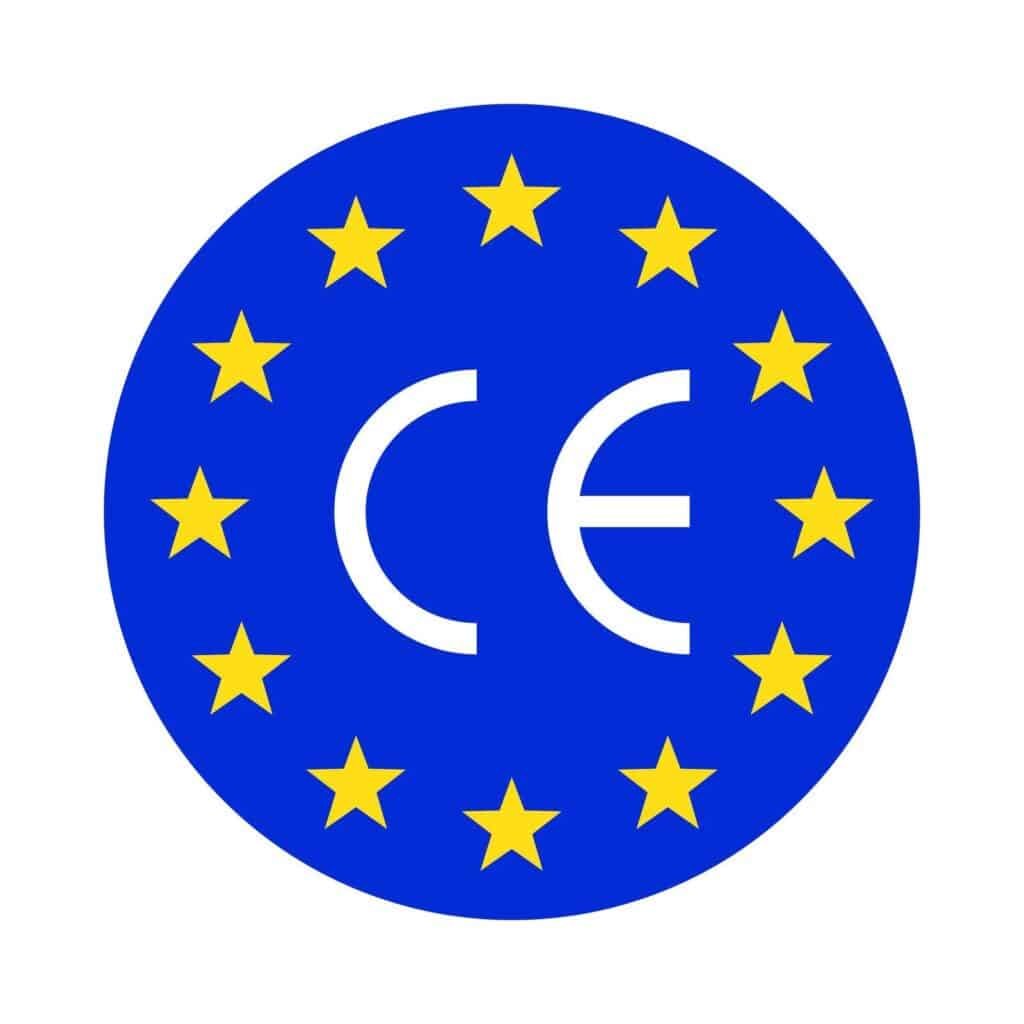CE Marking - (Conformité Européenne)
It is a certification mark that indicates conformity with health, safety, and environmental protection standards for products sold within the European Economic Area (EEA). CE marking is a mandatory requirement for medical devices placed on the European market. It indicates that the device meets the essential requirements of the relevant European Medical Device Regulation (MDR) or Directive (MDD).
When it comes to medical devices, such as those integrating artificial intelligence (AI) for use in radiology, the CE marking demonstrates that the device meets the essential requirements of the applicable European regulations and directives, ensuring it is safe and performs as intended.
Devices with the lowest risk and simplest design, such as non-invasive instruments or devices that have minimal impact on the body.
Medical devices eg: Bandages,Tongue depressors, Stethoscopes, Disposable gloves
AI Radiology: AI models that assist radiologists in identifying and prioritizing images for review eg: A basic DICOM viewer software with no advanced diagnostic features.
Devices with a moderate level of risk, such as certain AI applications used for diagnosis or monitoring.
Medical devices eg: Continuous glucose monitoring systems, Nebulizers for respiratory therapy, Electrocardiography (ECG) devices, Contact Lens, Non-implantable hearing aids etc..
AI Radiology: AI models that provide quantitative measurements of anatomical structures or lesions that assists radiologists in analyzing images but does not directly influence diagnosis.
Devices with a higher level of risk, such as AI applications involved in invasive procedures or monitoring of vital functions.
Medical devices eg.:Powered wheelchairs, Implantable breast prostheses, Surgical sutures, Drug-eluting stents, Powered insulin pumps, Implantable pacemakers
AI Radiology eg.: AI-based software that analyzes radiological images and offers detailed diagnostic information to healthcare providers, impacting clinical decisions.
Devices with the highest level of risk, such as AI applications used for life-sustaining or life-supporting purposes.
Medical devices eg:Heart valves, Brain implants, Artificial joints, Implantable cochlear implants, Total artificial hearts, Powered ventricular assist devices etc..
AI Radiology eg:AI models that make autonomous decisions about patient care, such as whether or not to biopsy a lesion or which chemotherapy regimen to prescribe.
Here are some examples of AI applications in radiology in each class:
Class I:
- AI models that assist radiologists in identifying and prioritizing images for review, such as by flagging images with potential findings
- AI models that help radiologists to generate reports more quickly and efficiently
Class IIa:
- AI models that provide quantitative measurements of anatomical structures or lesions, such as measuring the size and volume of tumors
- AI models that identify and classify lesions, such as differentiating between benign and malignant lesions
Class IIb:
- AI models that generate differential diagnoses or recommend treatment plans, such as suggesting a list of possible diagnoses for a patient’s symptoms or recommending the best course of treatment for a particular lesion
Class III:
- AI models that make autonomous decisions about patient care, such as whether or not to biopsy a lesion or which chemotherapy regimen to prescribe
CE Marking Under MDR
Timeframe: The MDR (2017/745) was introduced to replace the MDD and became fully applicable from May 26, 2021.
Scope and Aim: MDR introduces more stringent clinical and post-market surveillance requirements, increases the scope of what is considered a medical device, and aims to enhance transparency through the European Database on Medical Devices (EUDAMED). The latter allows the tracking of devices throughout the supply chain and during their lifecycle.
Approval Process: While the MDR maintains the class I-III risk categorization, the classification rules have been expanded, potentially changing the classification of certain devices. Further, it requires more rigorous clinical evidence and expands the requirements for technical documentation, even for lower-risk devices.
Example: A software that uses artificial intelligence to analyze radiology images and assist in diagnosing diseases could be categorized as a higher-risk device under the MDR due to its diagnostic nature. The company would have to navigate a more extensive conformity assessment, possibly involving a Notified Body, and comply with rigorous clinical and technical documentation requirements.
Remember that adherence to regulatory requirements is crucial for manufacturers to ensure the safety and efficacy of medical devices, including AI applications, and to facilitate their access to markets within the EEA. Always consult the most recent and applicable regulatory guidelines and consider obtaining legal or professional advice to navigate the regulatory landscape effectively.


